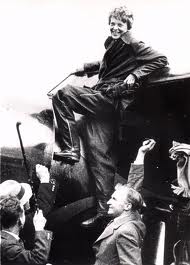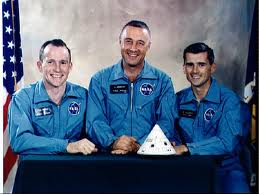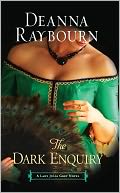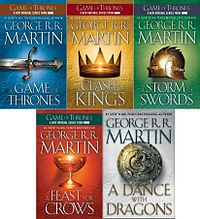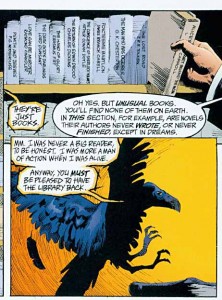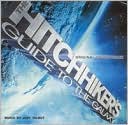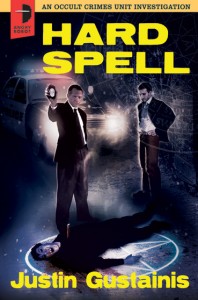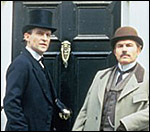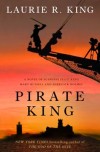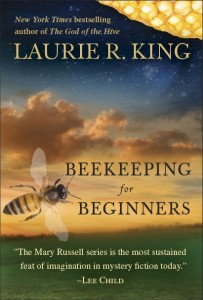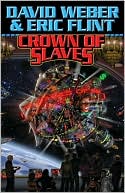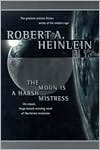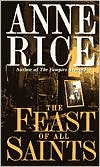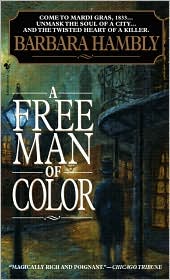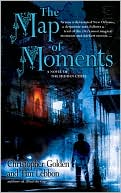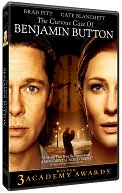 I keep daydreaming about this article in Salon titled “Reading Retreats“. What biblioholic wouldn’t love this idea? A week, or two, or four (four?) in some beautiful, secluded spot, cozied up with a mountain of books. Along with room service, some place to take long walks for thinking, a nice town to visit occasionally for a change of scenery, and of course, my husband.
I keep daydreaming about this article in Salon titled “Reading Retreats“. What biblioholic wouldn’t love this idea? A week, or two, or four (four?) in some beautiful, secluded spot, cozied up with a mountain of books. Along with room service, some place to take long walks for thinking, a nice town to visit occasionally for a change of scenery, and of course, my husband.
Every one of the options profiled in the article is different. A small castle in Italy with shared cooking and shared bathrooms. A solo retreat to a monastery near Birmingham in the UK. Going to rural Bulgaria to stay at a guest house and being part of a week-long book group, reading the same books as well as staying in the same house with the group. The one I liked best with the London School of Life, where the vacation includes a customized list of books based on a pre-vacation interview and a stay at a contemporary house somewhere in the English countryside.
 But the real point of it all is the time. We actually did this in early December 2010 by taking a Caribbean cruise with WindStar. We didn’t think we’d be cruise people, but the concept was that it would be too expensive to be online either aboard ship or outside the U.S. territories. It wasn’t necessarily intended as a reading vacation, but it turned out that way. And we didn’t bring print books, just the Nook and Galen’s Sony. The point was to disconnect and relax. So no computer, no iPhone, no video games, no internet. A real, honest-to-goodness chance to disconnect and relax.
But the real point of it all is the time. We actually did this in early December 2010 by taking a Caribbean cruise with WindStar. We didn’t think we’d be cruise people, but the concept was that it would be too expensive to be online either aboard ship or outside the U.S. territories. It wasn’t necessarily intended as a reading vacation, but it turned out that way. And we didn’t bring print books, just the Nook and Galen’s Sony. The point was to disconnect and relax. So no computer, no iPhone, no video games, no internet. A real, honest-to-goodness chance to disconnect and relax.
One of the really interesting social experiments was to see the percentage of people who were using an eReader of some type. This was pre-Xmas and there were clearly more than a third, maybe as many as half of the passengers using eReaders, mostly Kindles. And this was in a demographic that clearly skewed Baby Boomer and upwards. Other passengers did approach us to ask about our “Kindles”, which was always fun, especially as neither of our “Kindles” was actually a “Kindle”. But it gave us a chance to talk about books and the ebook reading experience with interesting people.
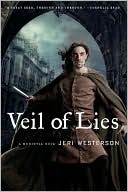 I succumbed to the impulse to bring more books than I needed. But since there is no extra weight to ebooks, for the first time this was not a problem. I still have books from that trip I haven’t read, but they transferred to my iPad just fine. I read Jeri Westerson’s entire medieval noir series. And both of Ilona Andrews’ Edge series. I was able to finish Celine Kiernan’s Moorehawke Trilogy with Rebel Prince, and indulge my romantic tastes with Bound by Honor, by Collette Gale. This is in no way a definitive list. Galen and I traded eReaders in the middle of the trip, and some of the books I read are on his Sony. I had a much easier time trying to find stuff on his reader than he did on mine!
I succumbed to the impulse to bring more books than I needed. But since there is no extra weight to ebooks, for the first time this was not a problem. I still have books from that trip I haven’t read, but they transferred to my iPad just fine. I read Jeri Westerson’s entire medieval noir series. And both of Ilona Andrews’ Edge series. I was able to finish Celine Kiernan’s Moorehawke Trilogy with Rebel Prince, and indulge my romantic tastes with Bound by Honor, by Collette Gale. This is in no way a definitive list. Galen and I traded eReaders in the middle of the trip, and some of the books I read are on his Sony. I had a much easier time trying to find stuff on his reader than he did on mine!
But I definitely understand the appeal of a long reading vacation. By the end of the week-long cruise, we were talking about booking the two-week trans-Atlantic crossing, just for the reading break. But for a trip that long, we would bring computers, mostly for writing. And our Xbox. And the Nook, and the Sony. And both iPads.


